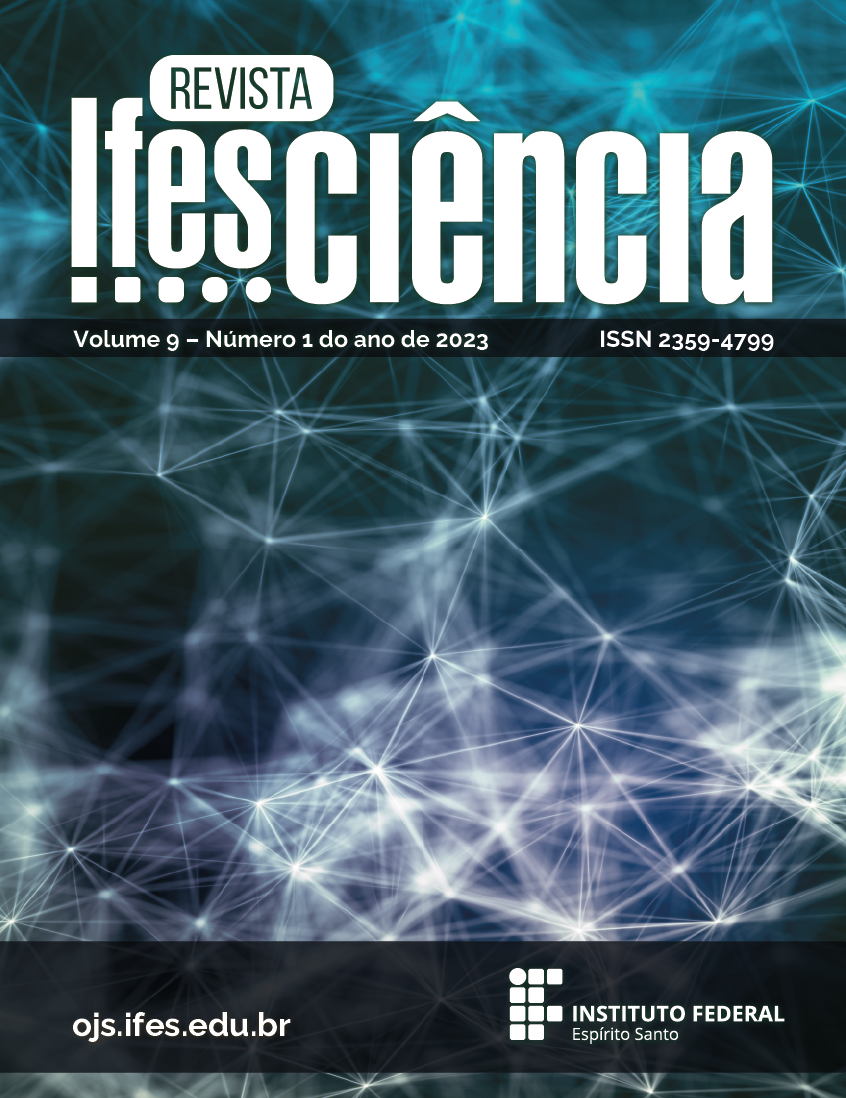RAINWATER HARVESTING FOR NON-POTABLE PURPOSES AT IFES – CAMPUS MONTANHA
ECONOMIC POTENTIAL
DOI:
https://doi.org/10.36524/ric.v9i1.1525Keywords:
rainfall reuse, rainwater, Azevedo Neto method, educational institutionAbstract
Educational institutions have high water consumption for non-potable purposes, at the same time, they present buildings with large roof areas, which allows rainwater harvesting for non-potable uses. The reuse of rainwater has social, environmental, and economic advantages. In this context, this study aimed to verify the potential savings from rainwater harvesting for reuse in non-potable uses at the Federal Institute of Espírito Santo (Ifes), campus of Montanha. The Azevedo Neto method was used in the sizing of the annual volume of the reservoirs, considering data from the historical precipitation series for the municipality of Montanha, Espírito Santo state, Brazil, recorded between 1970 and 2016, and the coverage areas of the buildings: teaching block, administrative block, and multi-sport gymnasium, as well as, the total sum of them. The potentials for potable water savings and financial savings were determined by considering the monthly potable water consumption and the amount paid for this service by the campus in the year of 2019. The average annual rainfall of 1,079.1 mm allows the obtention of an annual volume of 409.6; 622.5; 608.7, and 1,640.7 m³ through rainwater harvesting in the catchment areas of the administrative block, teaching block, multi-sport gymnasium and sum of them, respectively. If the annual volume of 1,640.7 m3 of rainwater is harvested, 68.3% of the annual water demand for non-potable purposes at the Ifes - Campus of Montanha would be attended, allowing a reduction of R$ 13,554.00 in the amount paid annually to the local drinking water supply company.
Downloads
Published
Issue
Section
License
Copyright (c) 2023 Revista Ifes Ciência

This work is licensed under a Creative Commons Attribution-NonCommercial-NoDerivatives 4.0 International License.
Autores que publicam nesta revista concordam com os seguintes termos:
- Autores mantém os direitos autorais e concedem à revista o direito de primeira publicação, com o trabalho simultaneamente licenciado sob a Licença Creative Commons Attribution que permite o compartilhamento do trabalho com reconhecimento da autoria e publicação inicial nesta revista.
b. Autores têm permissão e são estimulados a publicar e distribuir seu trabalho online (ex.: em repositórios institucionais ou na sua página pessoal) a qualquer ponto antes ou durante o processo editorial, já que isso pode gerar alterações produtivas, bem como aumentar o impacto e a citação do trabalho publicado (Veja O Efeito do Acesso Livre).



